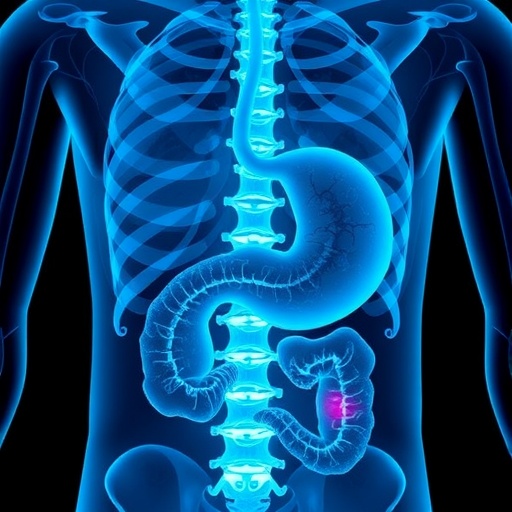New Haven, Conn. — In a new study, Yale Cancer Center (YCC) scientists suggest that as the number of clinical trials in cancer immunotherapy grows exponentially, some caution should be exercised as we continue to better understand the biology of these new therapeutic targets. The findings are published today in the journal Cell.
Researchers around the world have been racing to create therapies that unleash the power of our immune systems against cancer. The most successful of these immunotherapies, which target a molecular pathway known as PD-1/PD-L1, have brightened the landscape for many people suffering with lung cancer and other types of tumors.
Lieping Chen, M.D., who pioneered work on the PD-1/PD-L1 pathway, cautions that some immunotherapy research is going off track by moving into drug development without a firm foundation of basic biological understanding. Chen is the United Technologies Corporation Professor in Cancer Research and co-director of the Cancer Immunology Program at YCC.
A case in point is the LAG-3 molecule, notes Chen. Like PD-1, the LAG-3 protein is found on the surface of the immune system’s T cells, and tumors can use it to shield themselves from the T cell attack. Most scientists have believed that a surface protein called MHC class II (MHC-II) is the major “ligand” molecule that cancer cells can use to connect with the LAG-3 molecule in order to dial down T cell activity, and that targeting MHC-II will help to unblock the T cells.
However, the YCC team has shown that the leading role in LAG-3 immunosuppression instead is filled by a protein known as FGL1.
Although pharmaceutical companies have already brought LAG-3 inhibitors that block MHC-II into several clinical trials, such drugs are not likely to perform well, Chen said. “The overall LAG-3 pathway is a lot more complicated than believed,” he added. “FGL1 is the major ligand for immunosuppression, and designing LAG-3 drugs to block the MHC-II ligand only could be problematic.” Chen’s lab discovered PD-L1 in 1999 and first developed anti-PD-L1/PD-1 antibodies for cancer immunotherapy.
Looking through the scientific literature, Chen and his colleagues found surprisingly little evidence that MHC-II is the major ligand to enable LAG-3 immunosuppression. To determine what mechanism is at work, the Yale team first looked to see if LAG-3 connects to other ligands, using a “Receptor Array” system developed in the Chen lab that can individually generate nearly all human cell membrane proteins, and then analyze how these proteins interact with other molecules. This experiment clearly showed for the first time that LAG-3 binds to the FGL1 protein.
Following up with studies in mouse models, the investigators demonstrated that removing FGL1 either by genetic engineering or with antibody drugs produced an increase in T cells. Additionally, the mice often slowly developed mild forms of autoimmune disease. Both findings suggested that the protein can indeed dampen T cell activity, say the researchers. Moreover, in mouse models of cancer, blocking the FGL1/LAG-3 interaction boosted T cell activity and slowed tumor growth.
Next, Chen’s team found that FGL1 is produced at strikingly high levels in various human cancers, including lung cancer and melanoma. The researchers also found that higher levels of FGL1 in the blood of these cancer patients are linked to poor prognosis and resistance to anti-PD-1/PD-L1 therapy.
In short, said Chen, “we need to pay attention to the fundamentals of FGL1/LAG-3 interaction before we can develop efficient drugs for LAG-3 cancer immunotherapy.”
###
Yale’s Jun Wang was first author on the paper. Other Yale contributors included Miguel Sanmamed, Ila Datar, Tina Tianjiao Su, Lan Ji, Jingwei Sun, Gefeng Zhu, Linghua Zheng, Ting Zhou, Ti Badri, Sheng Yao, Shu Zhu, Agedi Boto, Mario Sznol, and Kurt Schalper. Other co-authors included Ling Chen and Yusheng Chen of Fujian Medical University, Weiwei Yin of Zhejiang University, Ignacio Melero of the University of Navarra, and Dario Vignali of the University of Pittsburgh.
Lead funding for the research was provided by the National Institutes of Health (Yale SPORE in Lung Cancer) and Boehringer Ingelheim.
Media Contact
Anne Doerr
[email protected]
203-737-2629




